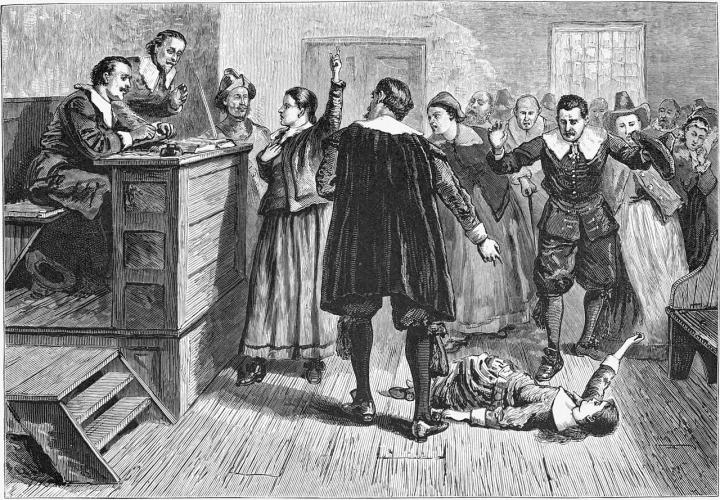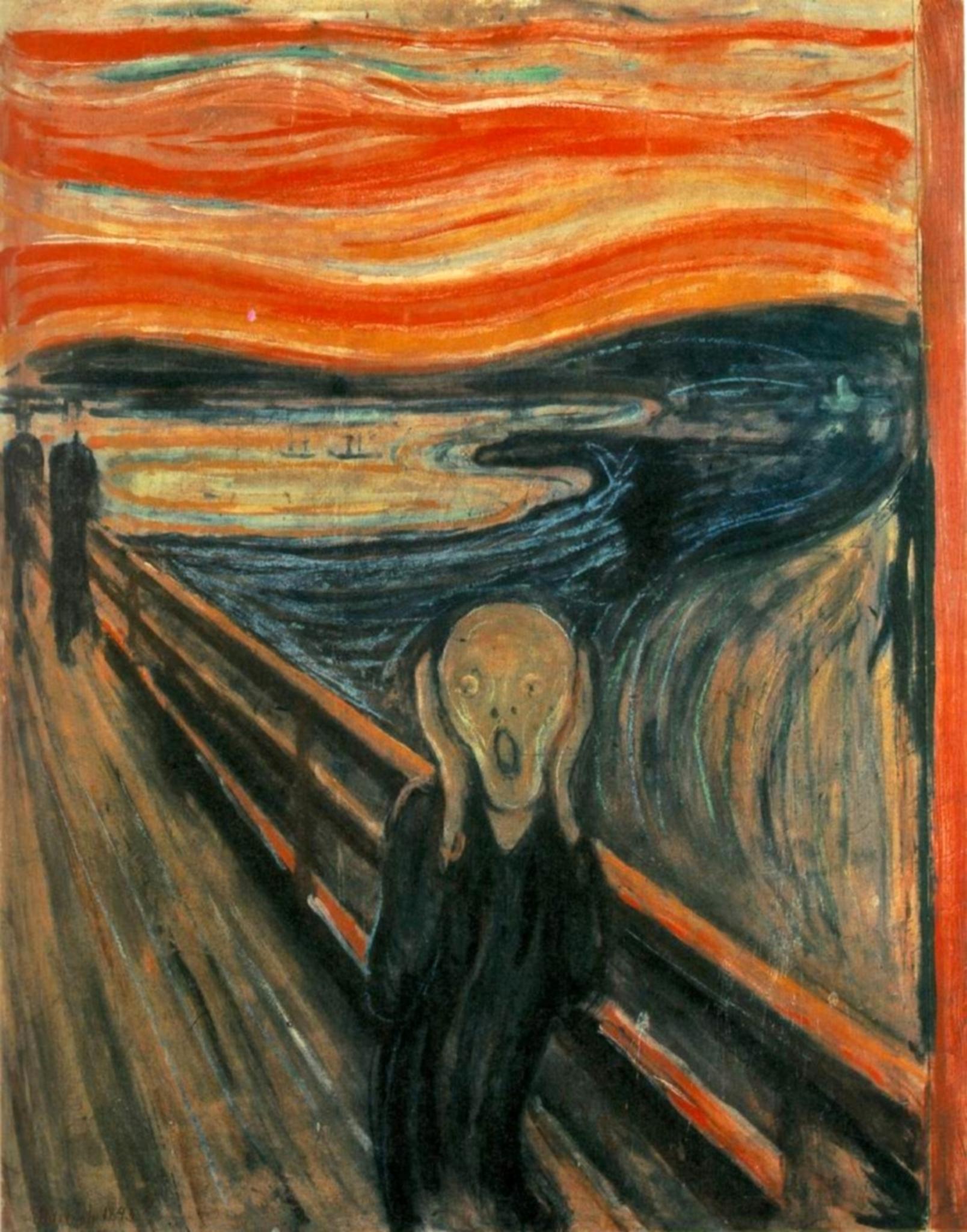Weather has played a critical role in history on a number of occasions, dramatically changing the flow of events and what might have been. This month, we will look at a few times when weather has impacted culture and the arts.
You are likely familiar with the “Little Ice Age” centered in the late 1600s and reports of frozen rivers and exceptionally cold temperatures in Europe. But you have probably not considered that the colder temperatures during this period caused the wood in trees to grow differently than before or after. At the peak of the Little Ice Age, Antonio Stradivari used that wood to craft violins that remain unique among musical instruments—one sold for $45 million just a few years ago.
These violins are renowned for their rich, powerful sound—and musicians and scientists have sought to determine what it is that makes a Stradivarius so resonant. While some have theorized that it was the formula for the varnish, others say that it was a secret Italian manufacturing method.
More recently, climatologists and tree-ring scientists have determined that the colder temperatures of the Little Ice Age created unique characteristics in the wood used by Stradivari to make the violins whose sound has become so revered.

“Witchcraft at Salem Village,” engraving from William A. Crafts, Pioneers in the Settlement of America: From Florida in 1510 to California in 1849 (Boston, 1876: Samuel Walker and Co.)
The Little Ice Age may have also been responsible for the Salem witch trials. When cold temperatures led to crop failures and economic hardship in New England, the people needed someone to blame—and witches fit the bill perfectly. Witches were thought capable of controlling weather, and the Salem (Mass.) witch trials fell within an extreme cold spell that lasted from 1680 to 1730.
Some diaries and sermons dating from that period cite weather as the main cause for the prosecutions, which reached their peak in 1692. From 1730 on, the climate became warmer and more stable, and so did the general mood of the New England settlers.
Nearly a century later, and on the other side of the globe, the Mount Tambora volcanic eruption on April 5–15, 1815, in the Dutch East Indies (what is now Indonesia), had a global impact on weather, the economy, and culture.
The world’s largest eruption since 180 a.d., this event helped lead to the so-called “Year Without a Summer,” 1816, which featured unusual cold and snow from May to August and consequent crop failures, famine, epidemics, riots, arson, and looting in parts of the United States, Europe, and Asia.
Weather reported in July 1816 included lake and river ice in northwestern Pennsylvania, snow on Long Island (N.Y.), and several killing frosts across most of New England.
The “Year Without a Summer” also had some interesting cultural effects:
- The price of oats in the United States rose from 12 cents per bushel in 1815 to 92 cents in 1816. The lack of oats to feed horses in Europe likely inspired the German inventor Karl Drais to research new ways of horseless transportation, which led to his invention of the precursor to the bicycle.
- Many Americans left New England for the Midwest, accelerating the westward movement of the American people. The family of Joseph Smith moved to Palmyra, New York, which led to discovery of the Book of Mormon and the founding of the Church of Jesus Christ of Latter-day Saints.
- In June 1816, Mary Shelley was forced by the weather to spend her Swiss holiday indoors with her literary companions, where to pass the time they decided to have a contest to see who could write the scariest story. The result was the novel Frankenstein.

Our final example of weather’s impact on the arts was the major eruption of Mount Krakatoa, also in the Dutch East Indies, on August 26–27, 1883, which spewed ash, dust, and sulfur dioxide into the atmosphere, creating vivid colors in the skies in many locations around the globe.
In particular, vivid red sunsets are thought to have inspired the surreal sky in Edvard Munch’s painting The Scream. As he wrote at the time, “clouds like blood and tongues of fire hung above the blue-black fjord and the city.”
As we are constantly reminded, weather is often much more than weather.
Comments